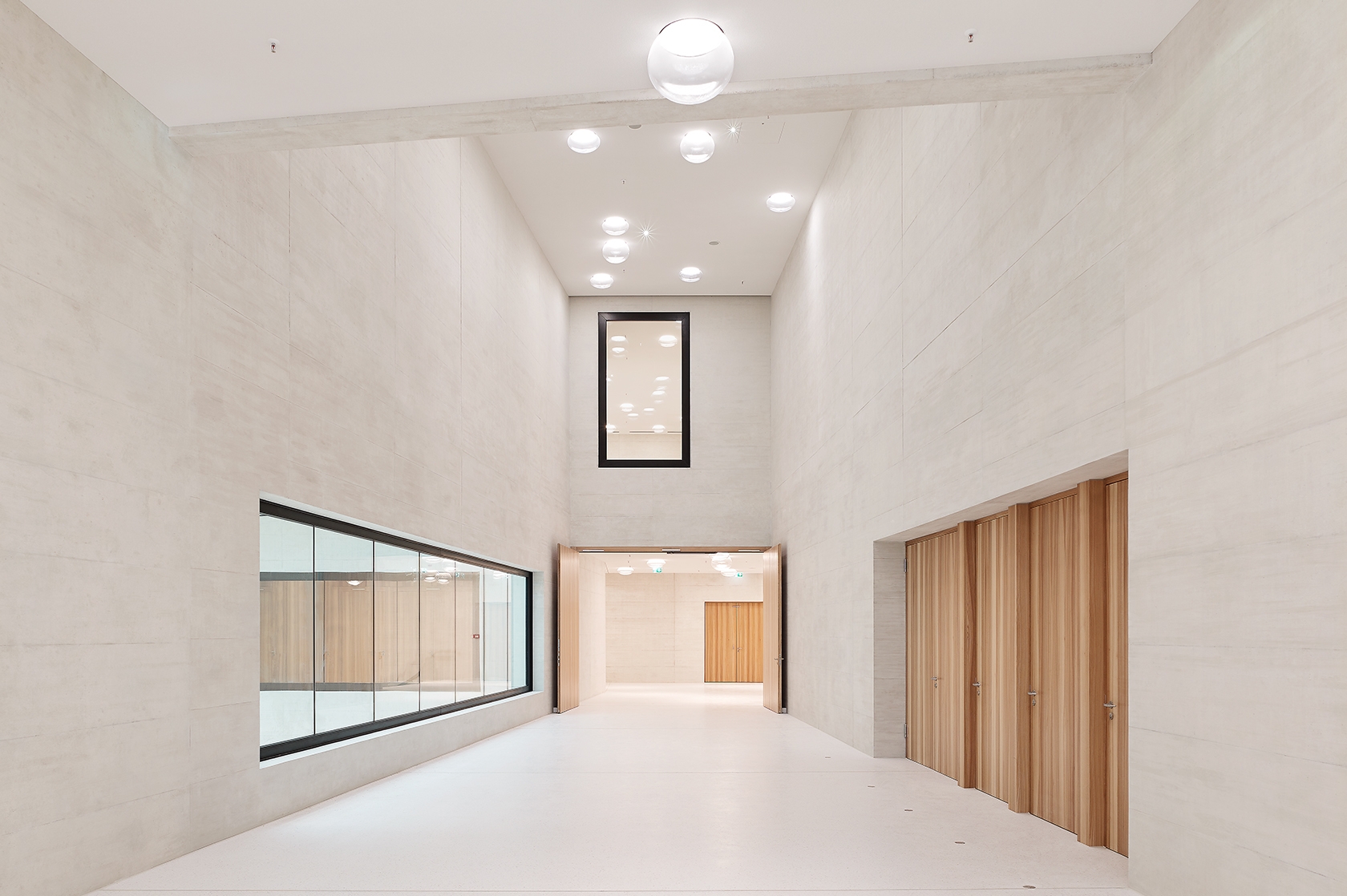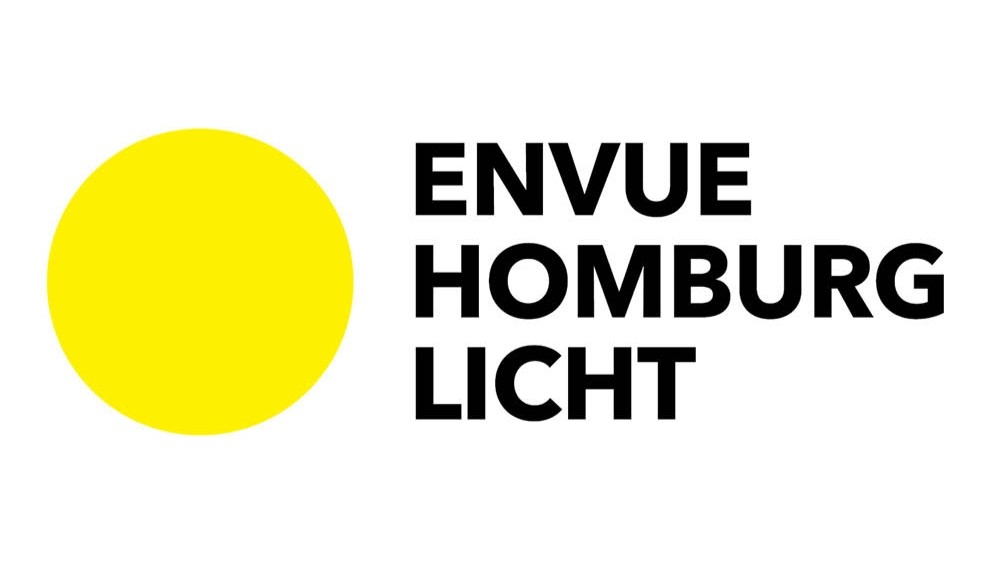Prize(s) Honorable Mentions
Lighting Design/Product Company ENVUE HOMBURG LICHT GMBH
Lead Designers Sascha Homburg, Urs Schreiner, Edgar Hildebrand, Julia Braulke, Martina Tillemann
Architecture Company DEGELO Architekten
Client Gesellschaft für Grund- und Hausbesitz mbH Heidelberg
Photo Credits Christian Buck
Completion Date 2024
Project Location Heidelberg, Germany
Entry DescriptionThe Heidelberg Congress Center, HCC, is a prominent new event center in the vibrant new Bahnstadt district, not far from Heidelberg's main train station. With its facade made of Neckartäler sandstone, generous glass facades, and around 26,600 m² of usable space, it offers flexible rooms for conferences, cultural events, and business.
Sustainability is key: The building meets the passive house standard, is DGNB Gold certified, and has a photovoltaic system. The lighting supports the claim to be an impressive and distinctive landmark in its design and technical execution.
The lighting design emphasizes the memorable architecture with over 400 hand-blown real glass ceiling lights in the foyers, developed specifically for the project. The luminaire bodies, which are loosely scattered across the foyer ceilings, look like fragile, brilliantly shining air bubbles that found their footing on the ceiling during their airy flight upwards. They dominate as “physically present” objects and visually “blend out” the other ceiling fixtures, pushing them into the background. Additional special project lights are used in the large and small event halls. Technically, the HCC relies on high-quality LEDs with variably adjustable color temperature and a 16-bit DMX-based control system that enables fast, precise, and synchronized light changes.
Sustainability ApproachLighting design is key in the sustainability of the Heidelberg Congress Center. All luminaires were designed as energy-efficient LEDs with a high color rendering index CRI ? 90. They are dimmable and offer variable color temperatures ranging from warm white to neutral white 2200–5000 K, allowing the lighting to be adapted to the time of day, specific use, and desired atmosphere. This flexibility enables lighting to be tailored to actual requirements and helps minimize energy consumption.
The foyer and halls make targeted use of daylight, so artificial lighting functions primarily as a supplement and can be controlled flexibly. The lighting control system is based mainly on DMX 16-bit resolution, which enables quick, precise adjustments and highly differentiated lighting scenarios. Only areas currently in use are illuminated, while unused zones are automatically dimmed or switched off.


